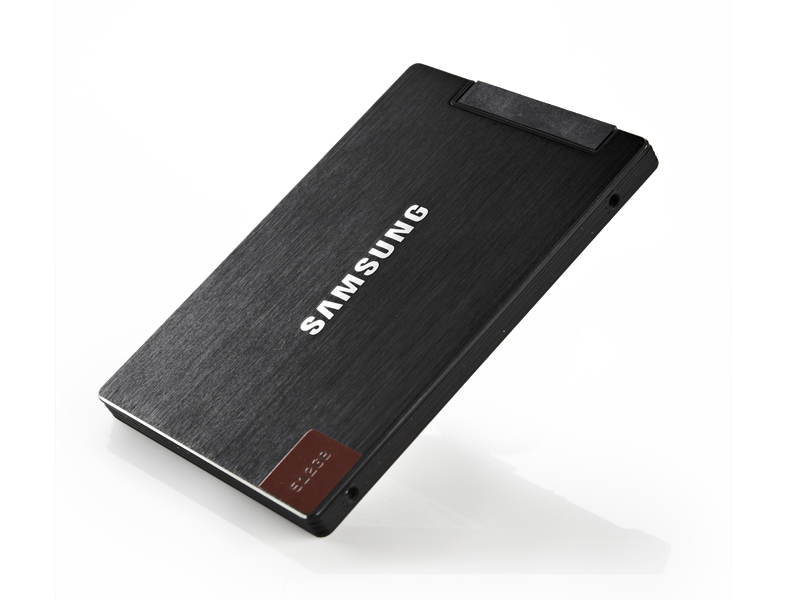TechRadar Verdict
Pros
- +
Fast boot times
- +
Very good performance
- +
Bundled SATA USB interface
Cons
- -
Bundled software Windows only
Why you can trust TechRadar
Samsung is one of the largest manufacturers of NAND flash in the world, so you'd expect a great performance from a Samsung solid-state drive.
And there's no doubt that this new model, the latest in Samsung's consumer range of SSDs, certainly delivers.
The Samsung SSD 830 makes significant improvements over last year's 470 models. Controller speed has been improved, and the SATA interface upgraded to the 6GB/s SATA 3.0.
It comes in capacities ranging from the sub-£100 64GB model to this top-of-the-range 512GB drive.
Two bundles are available: a Desktop Kit, featuring mounting brackets and cables, and this Notebook Kit with a useful USB interface for cloning your hard drive to the SSD before fitting.
Read TechRadar's Samsung 830 SSD 256GB (Desktop kit) review
It's NTFS-formatted out of the box, so reformat it in Disk Utility before you start if you are installing to a Mac. Bundled migration software is Windows-only.
Typically for an SSD, the Samsung 830 gives off almost no heat, is silent in operation and as it has no moving parts, makes smaller demands on your notebook's battery.
Testing the Samsung SSD 830 using a 2011 MacBook Pro (which has a 6GB/s SATA interface), it gave us random read speeds averaging 133.252MB/s, with write speeds of 138.884MB/s. As the hard drive supplied in the notebook scored 17.481MB/s and 16.145MB/s respectively, this is a substantial performance boost.
It also booted a clean Lion install in a speedy 17.3 seconds – just over half the time taken by the HDD.
Although Samsung's SSD 830 is a little more expensive than most solid-state drives, its performance justifies the asking price.
Follow TechRadar Reviews on Twitter: http://twitter.com/techradarreview
